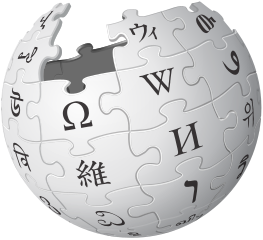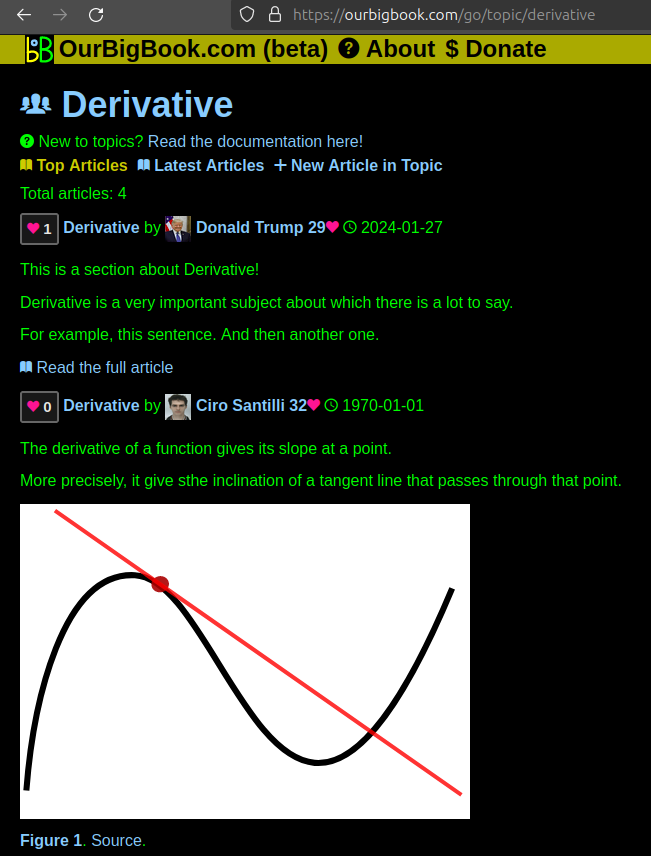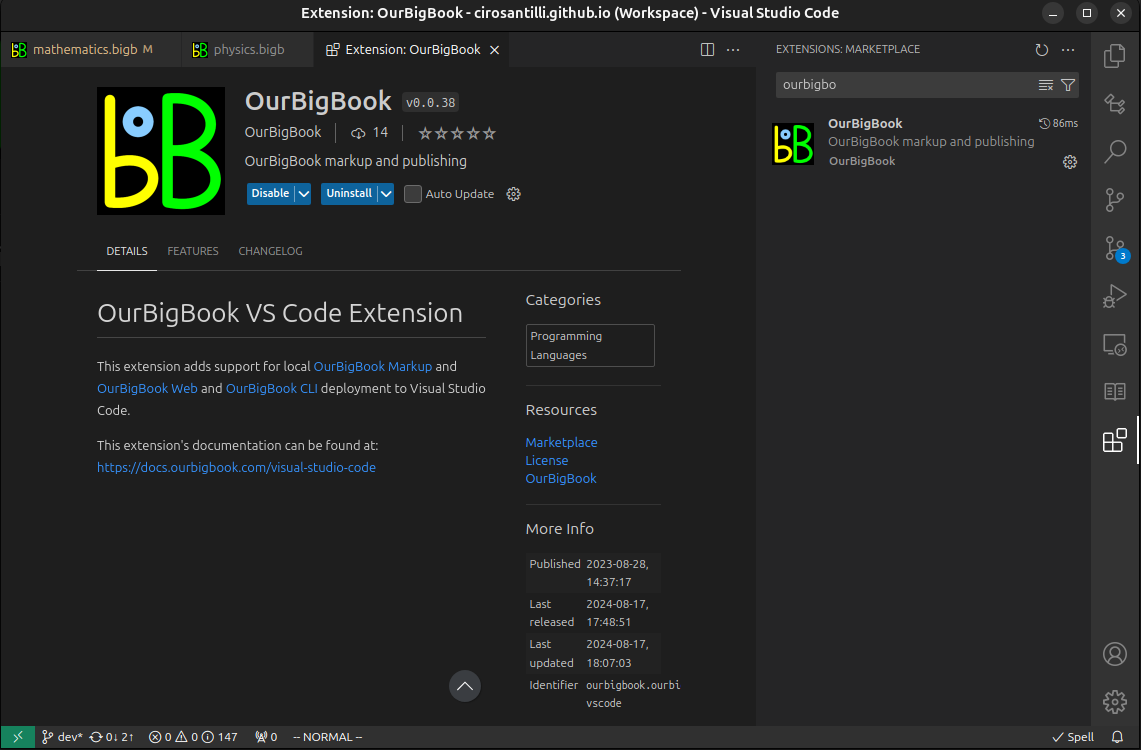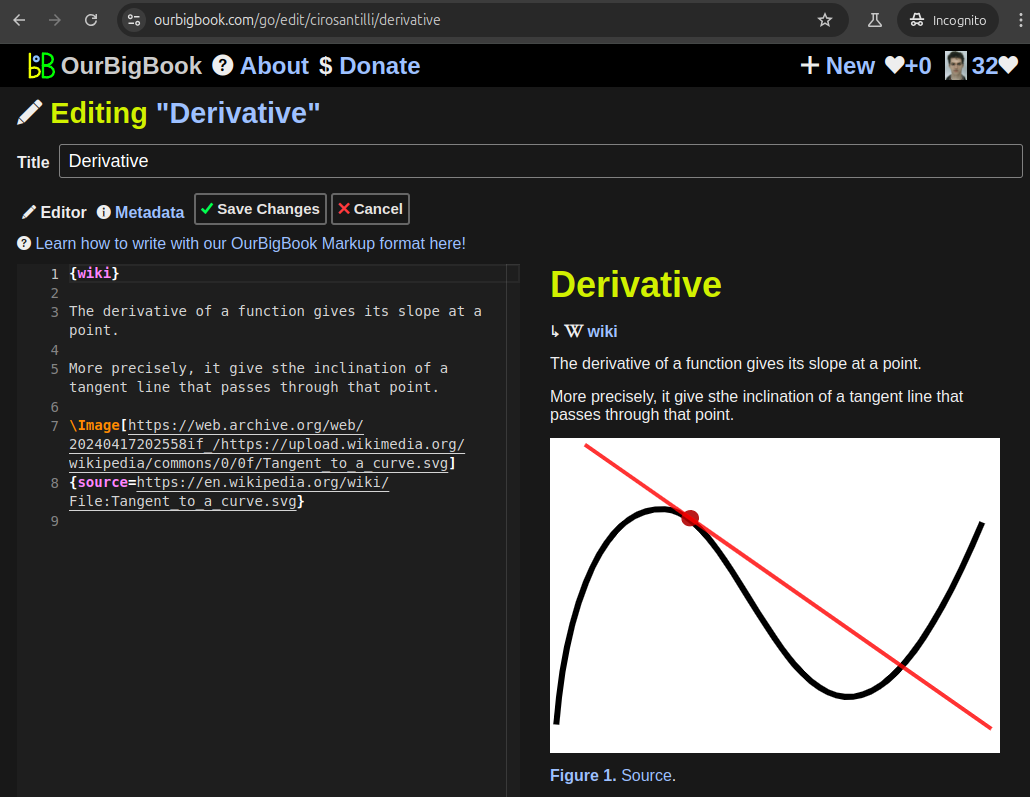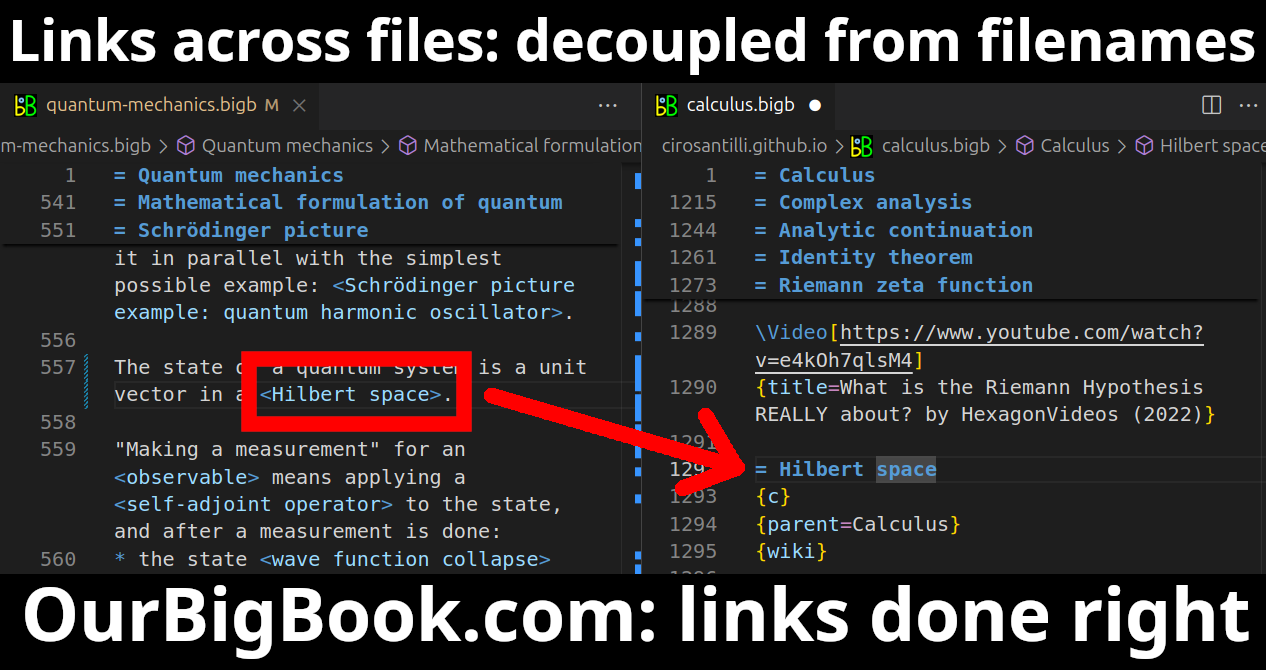By Evan Chen.
To test it, let's get two computers on the same local area network, e.g. connected to Wi-Fi on the same home modem router.
On computer B:
- find computer IP with the
ipCLI tool. Suppose it is 192.168.1.102 - then run Ciro's
ncHTTP test server
Output on terminal 1:TODO understand them all! Possibly correlate with Wireshark, or use
17:14:22.017001 IP ciro-p14s.55798 > 192.168.1.102.8000: Flags [S], seq 2563867413, win 64240, options [mss 1460,sackOK,TS val 303966323 ecr 0,nop,wscale 7], length 0
17:14:22.073957 IP 192.168.1.102.8000 > ciro-p14s.55798: Flags [S.], seq 1371418143, ack 2563867414, win 65160, options [mss 1460,sackOK,TS val 171832817 ecr 303966323,nop,wscale 7], length 0
17:14:22.074002 IP ciro-p14s.55798 > 192.168.1.102.8000: Flags [.], ack 1, win 502, options [nop,nop,TS val 303966380 ecr 171832817], length 0
17:14:22.074195 IP ciro-p14s.55798 > 192.168.1.102.8000: Flags [P.], seq 1:82, ack 1, win 502, options [nop,nop,TS val 303966380 ecr 171832817], length 81
17:14:22.076710 IP 192.168.1.102.8000 > ciro-p14s.55798: Flags [P.], seq 1:80, ack 1, win 510, options [nop,nop,TS val 171832821 ecr 303966380], length 79
17:14:22.076710 IP 192.168.1.102.8000 > ciro-p14s.55798: Flags [.], ack 82, win 510, options [nop,nop,TS val 171832821 ecr 303966380], length 0
17:14:22.076727 IP ciro-p14s.55798 > 192.168.1.102.8000: Flags [.], ack 80, win 502, options [nop,nop,TS val 303966383 ecr 171832821], length 0
17:14:22.077006 IP ciro-p14s.55798 > 192.168.1.102.8000: Flags [F.], seq 82, ack 80, win 502, options [nop,nop,TS val 303966383 ecr 171832821], length 0
17:14:22.077564 IP 192.168.1.102.8000 > ciro-p14s.55798: Flags [F.], seq 80, ack 82, win 510, options [nop,nop,TS val 171832821 ecr 303966380], length 0
17:14:22.077578 IP ciro-p14s.55798 > 192.168.1.102.8000: Flags [.], ack 81, win 502, options [nop,nop,TS val 303966384 ecr 171832821], length 0
17:14:22.079429 IP 192.168.1.102.8000 > ciro-p14s.55798: Flags [.], ack 83, win 510, options [nop,nop,TS val 171832824 ecr 303966383], length 0-A option to dump content.Anime and manga exploring the concept of parallel universes often delve into themes of alternate realities, alternate versions of characters, and the consequences of choices made in different dimensions. Here are some notable series that incorporate parallel universes: 1. **Steins;Gate**: This science fiction anime revolves around time travel and the concept of multiple timelines. The story follows a group of friends who discover a way to send messages to the past, leading to various branching timelines and alternate realities.
Michael Moorcock's Multiverse is a vast and complex fictional framework that serves as the setting for many of his works, particularly his fantasy and science fiction novels. It encompasses a multitude of parallel universes and dimensions that often intersect and interact with one another. The Multiverse is characterized by its diverse worlds, each with its own unique cultures, histories, and magical or technological systems.
Multiple time paths in fiction often refer to the narrative structure where a story explores multiple timelines or alternate realities. This technique allows authors to delve into different scenarios, character developments, or the consequences of choices made at various points in time. Here are some ways in which multiple time paths can be employed in storytelling: 1. **Parallel Universes**: Some stories feature characters who experience different versions of reality, often resulting from a pivotal choice or event.
Video games exploring themes of parallel universes often delve into alternate realities, multiple dimensions, and the implications of choices made by characters. Here are a few notable games that incorporate the concept of parallel universes: 1. **Bioshock Infinite**: This first-person shooter involves themes of alternate realities and the multiverse. Players explore a floating city and encounter different versions of characters based on choices made throughout the game.
"Undone" is a radio series that explores a range of topics surrounding mental health, trauma, and the complexities of human experience. Each episode typically features personal stories and interviews that delve into the struggles individuals face, along with insights into healing and recovery processes. The series aims to create a space for open dialogue about mental health, offering listeners both information and empathy. The show is produced with the intent of destigmatizing mental health issues and providing resources for those who may be facing similar challenges.
"Dear Brutus" is a play written by the English playwright J. M. Barrie, first performed in 1917. The play is a fantastical exploration of human nature, desire, and the choices people make in their lives. The story revolves around a group of characters who are invited to a country house for a summer weekend. Among them is a mysterious character named "Jupiter," who introduces a magical element into their lives.
"Married" is a radio series that aired on BBC Radio 4. It is a comedy-drama created by the British comedian and writer, Justin Edwards, and it originally premiered in 2013. The show is centered around the life of a couple, exploring the ups and downs of their marriage and the challenges they face in their relationship. The series received positive reviews for its humorous yet realistic portrayal of marriage, featuring relatable situations and characters.
"Mysticons" is an animated television series that originally premiered in 2017. The show was created by Warped Perception and produced by Nickelodeon and the Canadian animation studio Nelvana. The series follows a group of four young girls who become the legendary Mysticons, a team of heroes who protect their land, the magical world of Astoria, from various threats and evil forces. The main characters include: - **Zarya**: A brave and strong warrior.
"Spirit Rangers" is an animated children's television series created by Karissa Valencia and produced by Netflix. The show premiered in September 2022 and is designed for a preschool audience. The story follows a group of young kids who are part of a Native American family and have the ability to transform into spirit animals. These transformations take them on various adventures, allowing them to explore themes related to Native American culture, nature, and the importance of family and community.
"The Rising of the Shield Hero" is a Japanese light novel series written by Aneko Yusagi. It follows the story of Naofumi Iwatani, an otaku who is suddenly transported to a fantasy world along with three other young men. Each of them is summoned as a "Hero" to defend the world from waves of monsters, but Naofumi is assigned the role of the Shield Hero, which is considered less prestigious compared to the other heroes wielding more offensive weapons.
Pinned article: Introduction to the OurBigBook Project
Welcome to the OurBigBook Project! Our goal is to create the perfect publishing platform for STEM subjects, and get university-level students to write the best free STEM tutorials ever.
Everyone is welcome to create an account and play with the site: ourbigbook.com/go/register. We belive that students themselves can write amazing tutorials, but teachers are welcome too. You can write about anything you want, it doesn't have to be STEM or even educational. Silly test content is very welcome and you won't be penalized in any way. Just keep it legal!
Intro to OurBigBook
. Source. We have two killer features:
- topics: topics group articles by different users with the same title, e.g. here is the topic for the "Fundamental Theorem of Calculus" ourbigbook.com/go/topic/fundamental-theorem-of-calculusArticles of different users are sorted by upvote within each article page. This feature is a bit like:
- a Wikipedia where each user can have their own version of each article
- a Q&A website like Stack Overflow, where multiple people can give their views on a given topic, and the best ones are sorted by upvote. Except you don't need to wait for someone to ask first, and any topic goes, no matter how narrow or broad
This feature makes it possible for readers to find better explanations of any topic created by other writers. And it allows writers to create an explanation in a place that readers might actually find it.Figure 1. Screenshot of the "Derivative" topic page. View it live at: ourbigbook.com/go/topic/derivativeVideo 2. OurBigBook Web topics demo. Source. - local editing: you can store all your personal knowledge base content locally in a plaintext markup format that can be edited locally and published either:This way you can be sure that even if OurBigBook.com were to go down one day (which we have no plans to do as it is quite cheap to host!), your content will still be perfectly readable as a static site.
- to OurBigBook.com to get awesome multi-user features like topics and likes
- as HTML files to a static website, which you can host yourself for free on many external providers like GitHub Pages, and remain in full control
Figure 3. Visual Studio Code extension installation.Figure 4. Visual Studio Code extension tree navigation.Figure 5. Web editor. You can also edit articles on the Web editor without installing anything locally.Video 3. Edit locally and publish demo. Source. This shows editing OurBigBook Markup and publishing it using the Visual Studio Code extension.Video 4. OurBigBook Visual Studio Code extension editing and navigation demo. Source. - Infinitely deep tables of contents:
All our software is open source and hosted at: github.com/ourbigbook/ourbigbook
Further documentation can be found at: docs.ourbigbook.com
Feel free to reach our to us for any help or suggestions: docs.ourbigbook.com/#contact
